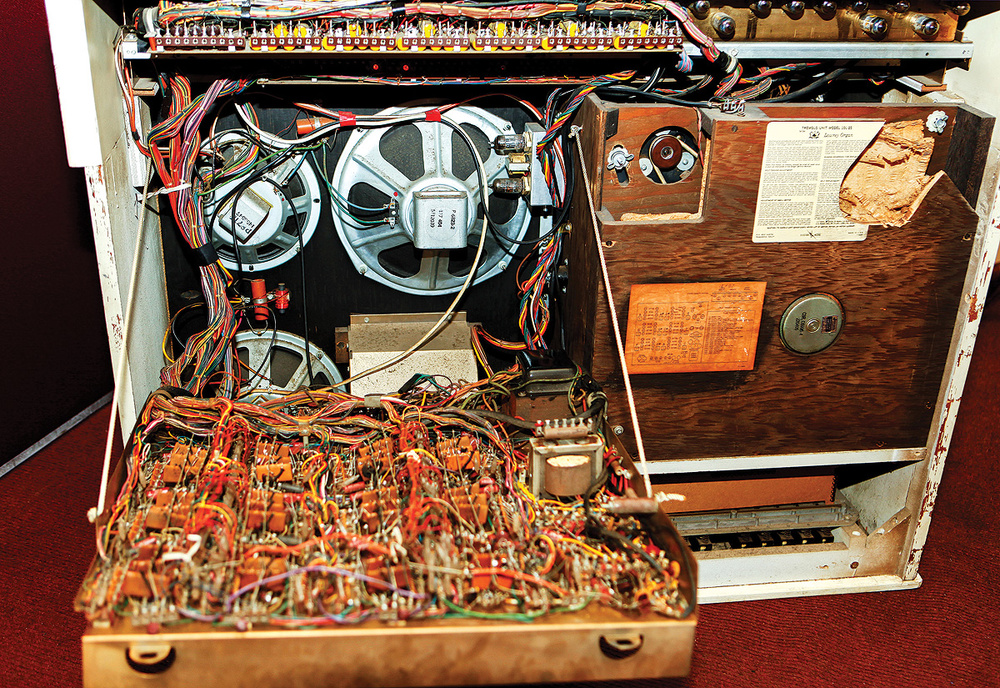

Lowrey was also involved with the manufacture of the Cordovox, an accordion with organ stops. InLowrey introduced the first built-in cassette player, a feature later abandoned by all manufacturers. In the mids, rhythm instruments were added that responded to a touch of a pedal or the lower keyboard.

This is now a standard feature in entertainment organs. InMain Chorus Reverb.Īlso, the first Lowrey theatre organs a ppeared this year. The Glide dropped the pitch of the organ about a semi-tone and cancelled the vibrato. Unlike the B-3, the Festival had its speakers mounted under the tone generator.
#LOWREY ORGAN REPAIR HELP MANUALS#
Another spinet model at the same time was the Lincolnwood Model SS, but inthis would become the Lincolnwood 25 Model SSO with two full note manuals and a note pedalboard. It had two note manuals and a note pedalboard, and was very popular for home use. InLowrey came out with its first commercially successful electronic organ. Unlike the Solovoxwhich used unconventional stop terminology, the Organo used conventional stop names like Flute, Principal, etc. This was a very successful and brisk competitor of the Hammond Solovox. InLowrey put on the market the famous Organoan organ-like keyboard placed on the front of a piano keyboard.
#LOWREY ORGAN REPAIR HELP GENERATOR#
In the late s, the Eccles-Jordan circuit was developed, a very stable generator that was a Lowrey exclusive. Frederick Lowrey produced a working model of an electronic organ inand until World War II, experimented with many different tone-generating systems. Got it!Inwhen the vacuum tube was invented, research into the art of electronic music began almost immediately. Look Inside Flashback - Lowery Organ teardown In otherwords these nodal voltages are the nominal DC voltages a repair technician would expect to find with a DC voltmeter while all circuits are in proper working condition. I suspect that the large number of voltages you cite are actually DC bias point values on the schematic to assist troubleshooting and not actually seperate supply output voltages. Do they need to have loads connected? How do I set this up as a bench project? Unfortunately your schematic picture is not very ledgible. I can't risk damaging the restored boards at this point. I want to set the project up as a bench project outside of the organ. There is enough room for multiples to get to original values. I will mount the new caps on boards in the same places as the originals on top of the chassis with stand offs. I won't loose anything by trying but I am crossing into new territory. So why not replace the caps now? I've acquired a second C power supply for the organ that I will use as a test to see if I am up to the task and I wind up with stable voltages. They will eventually fail and I will have to do it anyway. The power supply is working well… all voltages are on the mark and there is no hum but it doesn't make sense to leave 30 year old caps in after doing all this work. The organ is beginning to sound like new but I am at a crossroad and I need help.

I've just replaced all 18 front sliders too. I've also replaced over of the original ICs with new generics and they are working well. I am already far enough along in this restoration to know that with help I can finish the job: I've replaced all of the electrolytics on all of the boards except for the power supply. Under Joshua's leadership Whitesel Church Organs has become the largest dealer of Viscount Organs in North America earning the prestigious Viscount President’s Award.I am a hobbyist novice. Since then he has widened the scope of the company to include nationwide sales & service, expanding on his grandfather’s honorable ministry. Joshua began his career at Whitesel Music as a youth, selling his first piano at age 13. Above all Carroll taught his family that people are the most important part of this business, and the company's best interests should never be put before those of the church.Ĭarroll’s grandson Joshua Dove became president of Whitesel in 2007. Over the next 35 years the business grew steadily due to Carroll's efforts. Subsequently, Norman hired ordained minister Carroll Motsinger in the late 1960’s to better serve church communities. In time he would become one of the longest running dealers in Allen's history. Norman was not only a talented organist, but he was also one of the very first Allen Organ dealers. Whitesel Music was founded in 1948 by our namesake, Mr.

In fact, our highly-skilled team of experts has installed over 1,200 church organs and repaired more than 12,000 in the company's history. Whitesel Church Organs specializes in pipe organ sales, installation, and service.


 0 kommentar(er)
0 kommentar(er)
